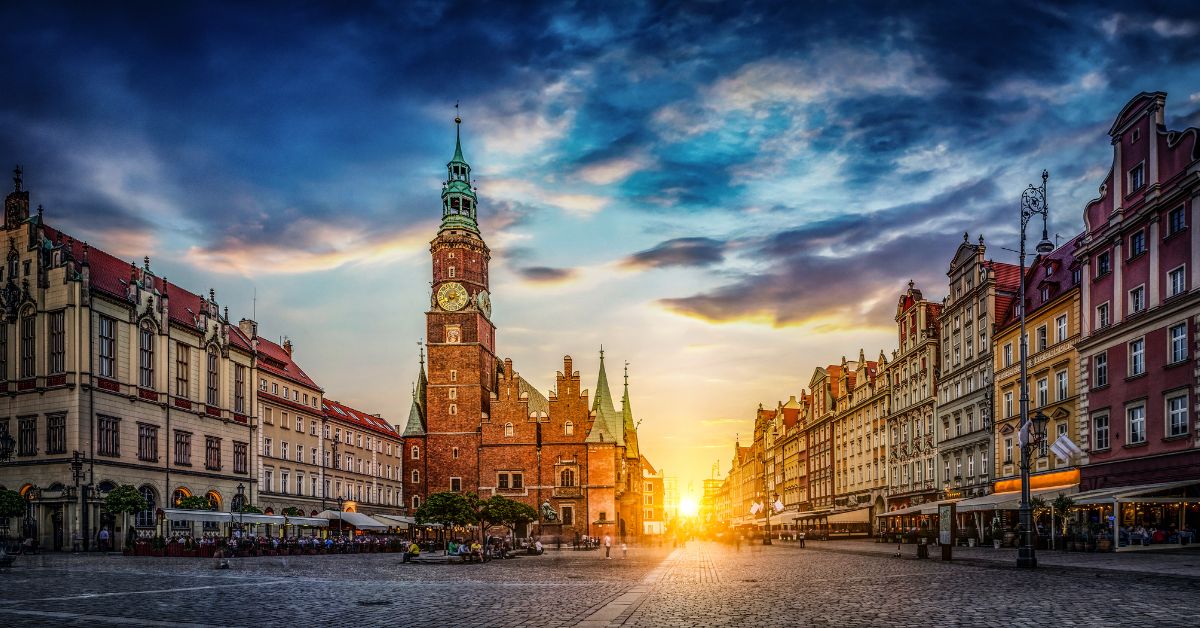In the realm of digital art and photography, image manipulation software serves as a powerful tool for unleashing creativity, transforming ordinary images into extraordinary works of art. Whether you’re a professional graphic designer, photographer, or digital artist, having the right software at your fingertips can elevate your creations to new heights. Let’s explore some of the top contenders in the world of photo manipulation software, each offering unique features and capabilities to suit various creative needs.
Key Considerations for Choosing Image Manipulation Software
Before delving into specific software options, it’s essential to consider several factors when selecting image manipulation software:
- Feature Set: Look for software that offers a comprehensive range of editing tools and features, including layers, masks, filters, brushes, and advanced transformation options, enabling you to manipulate images with precision and creativity.
- Workflow Efficiency: Choose software with an intuitive interface and efficient workflow capabilities, allowing you to streamline your retouching process and focus on bringing your vision to life without unnecessary complexity.
- Compatibility: Ensure that the software is compatible with your computer operating system and supports a wide range of file formats, including RAW files from digital cameras, to facilitate seamless integration into your workflow.
- Performance and Stability: Opt for software that delivers reliable performance and stability, even when working with large files and complex editing tasks, ensuring a smooth and productive editing experience.
- Community and Support: Consider the availability of online communities, tutorials, and support resources associated with the software, providing valuable assistance and inspiration as you explore its capabilities and refine your skills.
Top Image Manipulation Software Options
- Adobe Photoshop: Widely regarded as the industry standard for image manipulation and creative photo manipulation, Adobe Photoshop offers an extensive array of tools and features for editing, compositing, and digital painting. From basic retouching to advanced photo manipulation, Photoshop provides unparalleled flexibility and control for creative professionals.
- Affinity Photo: Affinity Photo is a powerful alternative to Photoshop, offering a comprehensive feature set and a one-time purchase model, making it a cost-effective option for professional-quality image manipulation. With its intuitive interface and robust performance, Affinity Photo is suitable for photographers, designers, and illustrators alike.
- GIMP (GNU Image Manipulation Program): As a free and open-source alternative to Photoshop, GIMP provides users with a versatile suite of editing tools and features for image manipulation, retouching, and graphic design. While its interface may appear complex to beginners, GIMP offers extensive documentation and a supportive community to help users get started.
- CorelDRAW Graphics Suite: In addition to its vector-based design tools, CorelDRAW Graphics Suite includes Corel PHOTO-PAINT, a powerful image editing application tailored for photographers and digital artists. With its intuitive interface and extensive feature set, Corel PHOTO-PAINT offers a seamless workflow for editing, retouching, and photo enhancement.
- Pixlr X: Pixlr X is a web-based image editor offering a simplified yet powerful editing experience directly within your web browser. With its intuitive interface and essential editing tools, Pixlr X is ideal for quick edits, retouching, and creative enhancements without the need for software installation.
FAQs
Is image manipulation software only used for editing photos, or can it be used for other types of digital art as well?
Image manipulation software is incredibly versatile and can be used for editing photos, creating digital illustrations, designing graphics, and much more, depending on the user’s creative vision and expertise.
Do I need to have advanced technical skills to use image manipulation software effectively?
While familiarity with the software’s interface and tools is beneficial, many image manipulation software options offer user-friendly interfaces and comprehensive tutorials to help beginners get started and gradually build their skills over time.
Can image manipulation software be used for professional projects, or is it primarily for personal use?
Image manipulation software is widely used in professional settings, including graphic design, advertising, publishing, photography, and digital art, where it plays a crucial role in creating visually compelling and impactful content for various mediums and platforms.
Are there any free alternatives to paid image manipulation software options?
Yes, there are several free and open-source image manipulation software options available, such as GIMP and Pixlr, offering robust editing capabilities without the cost of a subscription or license fee.
How often should I update my image manipulation software to ensure I have access to the latest features and improvements?
It’s recommended to stay updated with the latest software releases and updates, as they often include new features, performance enhancements, and bug fixes that can improve your editing experience and productivity.
Conclusion
In summary, selecting the best image manipulation software for your creative endeavors requires careful consideration of factors such as features, workflow efficiency, compatibility, performance, and support resources. By exploring the options and finding the software that aligns with your creative vision and technical requirements, you can unleash your creativity and achieve stunning results in your digital art and photography projects.
This page was last edited on 31 March 2024, at 3:57 pm
